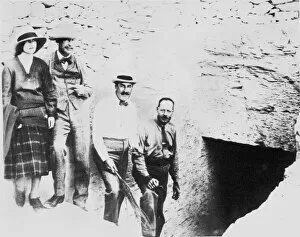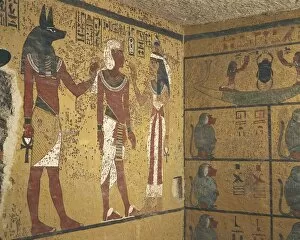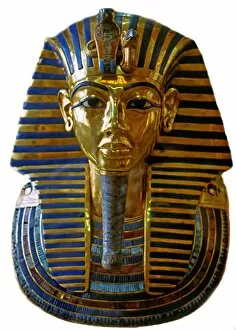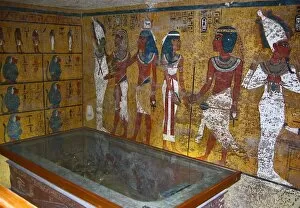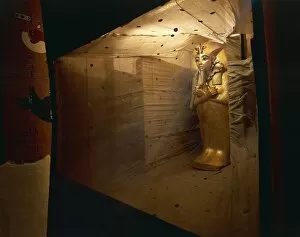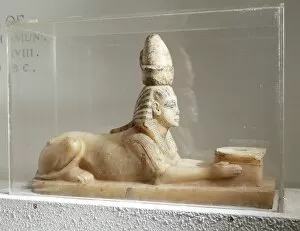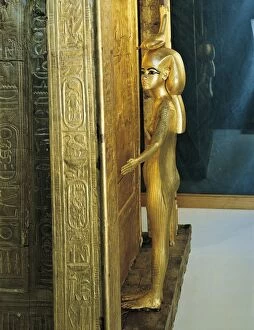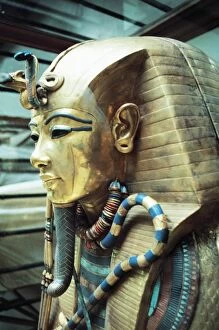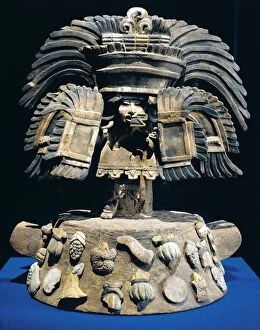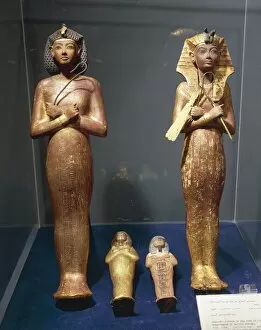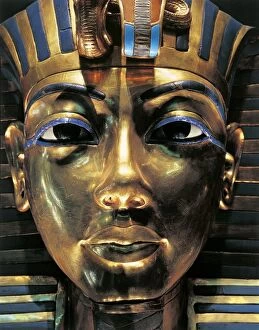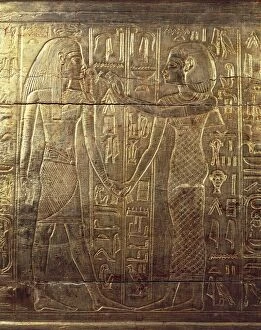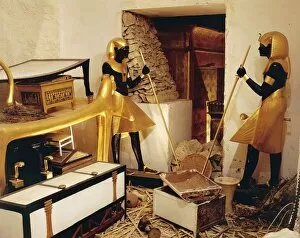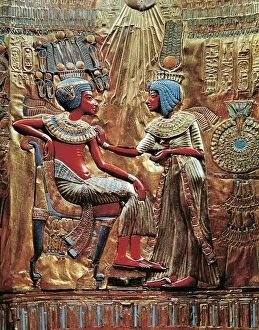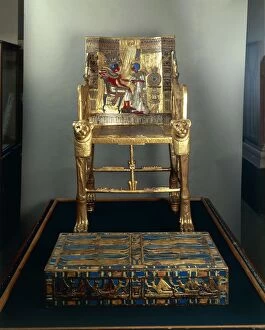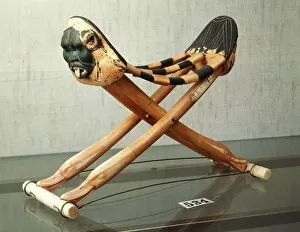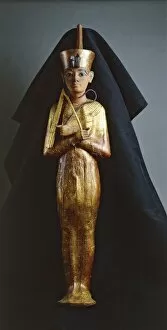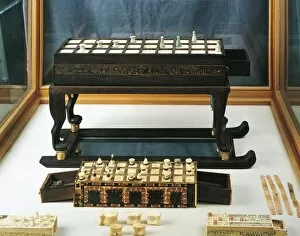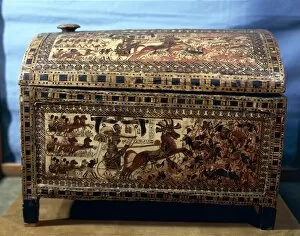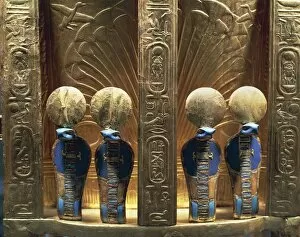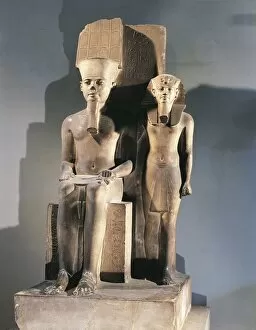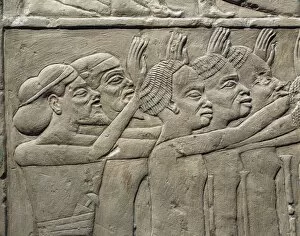Tutankhamen Collection (page 8)
"Unveiling the Mysteries of Tutankhamun: A Glimpse into Ancient Egypt's Golden Pharaoh" Step back in time and immerse yourself in the captivating world of Tutankhamun
For sale as Licensed Images
Choose your image, Select your licence and Download the media
"Unveiling the Mysteries of Tutankhamun: A Glimpse into Ancient Egypt's Golden Pharaoh" Step back in time and immerse yourself in the captivating world of Tutankhamun, the legendary Egyptian pharaoh. Adorned with intricate treasures and enigmatic artifacts, his tomb has unveiled a wealth of historical wonders that continue to mesmerize us today. At the heart of this extraordinary discovery lies the iconic Mask of Tutankhamun, a masterpiece crafted from pure gold. This resplendent golden mask not only symbolizes royalty but also serves as a testament to ancient craftsmanship at its finest. Its delicate features immortalize the young pharaoh's face, preserving his legacy for eternity. Within Tutankhamun's opulent sarcophagus rests two daggers; one forged from gleaming gold and another fashioned from sturdy iron. These contrasting blades reflect both power and practicality - an embodiment of his authority over life and death. As we venture further into his tomb, we encounter intricately carved double doors adorned with depictions of Isis, goddess of magic and protection. These sacred portals transport us to a realm where myth intertwines with reality, offering glimpses into ancient rituals shrouded in mysticism. A remarkable sight awaits as we explore deeper within - a gold-plated throne showcasing Queen Ankhesenamun meticulously attending to her beloved husband's toilette. This intimate scene reveals their profound bond amidst regal splendor, providing insight into their daily lives within the royal court. Delicate ivory plaques depict scenes straight out of mythology - Tutankhamun and Ankhesenamun strolling through lush gardens hand-in-hand. These romantic portrayals offer glimpses into their shared moments away from public gaze – love flourishing amidst grandeur. Yet not all is serene within these hallowed chambers; painted boxes bear witness to battles fought by this mighty ruler against foreign invaders.

